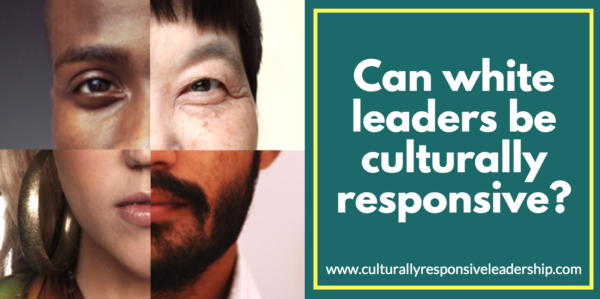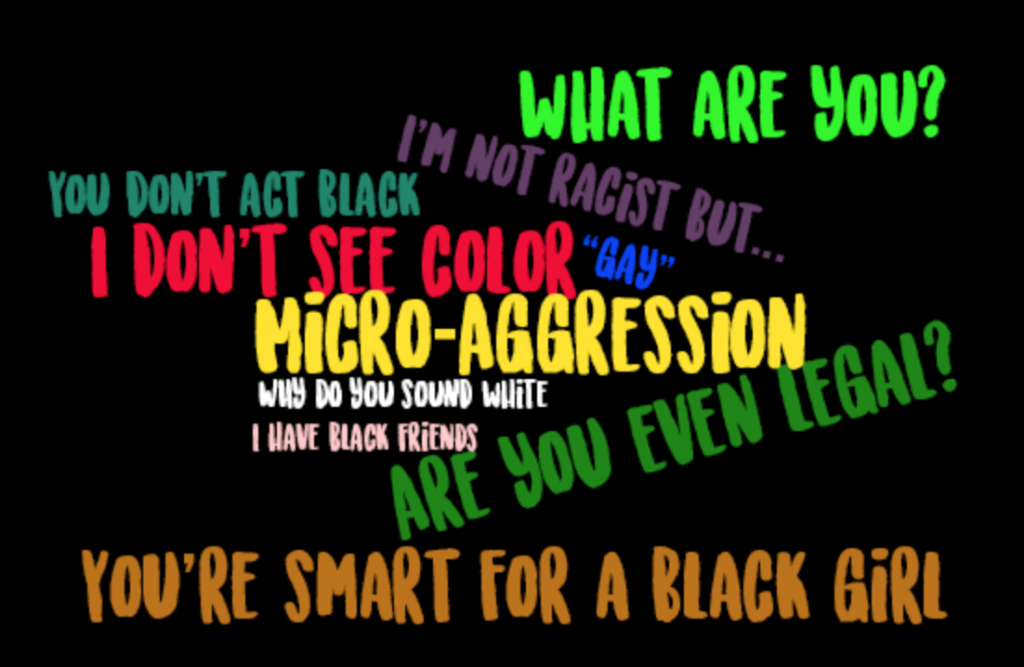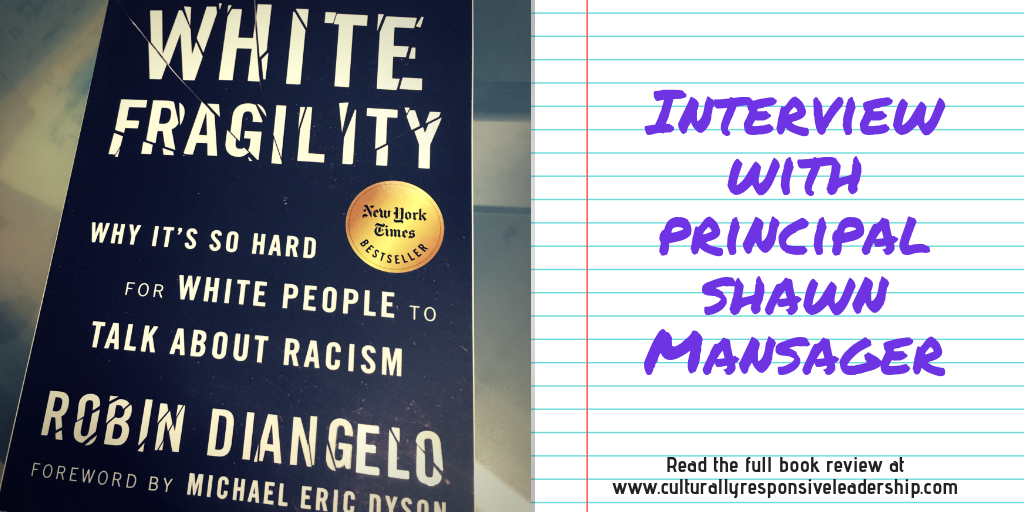Can white leaders be culturally responsive?
Our identity has an incredible effect on our ability to make a change in schools. Whether you are a person of color or a white person, understanding of your culture, ethnicity, and race matters. A lack of understanding creates intentional and unintentional harm. It can be a limiting factor and contribute to institutional oppression. In the meantime, students are failing and being pushed out of schools. But, identity can also be a source of power.
It can be a tool, used to engineer for equity. How can you start building?
A good amount of literature and research has been written about how white leaders can be more culturally sensitive, open-minded, and even relevant. Many times, this is written by white leaders (read about white fragility) As a person of color, I wanted to share my perspective on the topic, in hopes of building more solidarity in the fight for educational social justice.
Identity and Data Matters
Nationally, 83% of public school teachers are white. But, 50% of public school students are of color.
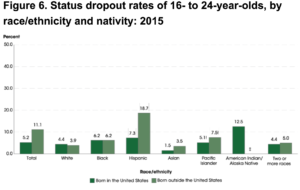
According to a Washington Post article, “Only 76% of black students and 79% of Hispanic students graduated on time, compared to 88% of white students and 91% of Asian/Pacific Islander students.”
Is it possible for white leaders to be culturally responsive?
Most definitely. But it takes work and the process is a life’s work.
White leaders must work to bridge the gap between white educators and students of color, and that starts with the work of adults.
White leaders bring their experience and privilege, which if used properly can be uber powerful. As White leaders reflect on their identity and better understand the social, political, historical context of the US and the state of race relations (racial hierarchy) they can take some serious action.
Blindspots for White leaders
- You don’t know what you don’t know. (Neither do I). There are unknown unknowns. Be open to hear them. Give staff of color the green light to call you out and push your consciousness. Work through White Fragilityo.
- Bias is real. People of color have it, and white people have it too
- Be mindful of micro-aggressions
- Don’t ever say that you have already done the work or even imply that you are done with the work
- Try not to speak first. Look to people of color to speak up.
We are all on our journey towards being a more reflective, consciousness, and just person. If you are in schools, we are working towards disrupting systemic oppression and creating a liberating educational experience.
As leaders, we must be mindful and forever growing. As long as we are moving, we are making progress.
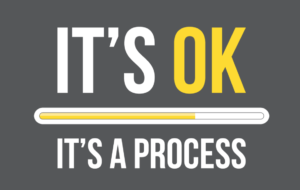
Keep moving.
It’s possible to be a culturally responsive white leader, but you have to be a student of your craft. That craft needs to be about culturally responsiveness, restorative justice, trauma sensitivity, etc. That craft is to create schools that are places of liberation, and an oasis in the desert that is US public schooling.
Leaders need to be constantly reading (Here’s 10 books to get started), watching videos, discussing and getting feedback on their implementation. We need to study the data and study the human in the mirror. There are questions that keep us all up at night if we are working towards social justice education.
Resources for white leaders
- National Equity Project
- San Francisco Coalition of Essential Small Schools
- Teachers for Social Justice
- Facing History and Ourselves
- Ethnic Studies Courses
- The New Jim Crow by Michelle Alexander
- Waking Up White by Debby Irving
- Anti Racism Mini Course by Rachel Rosen
- New Leaders Council PD
So what can you do as a white leader?
- Call the inequity out and white folks will listen more.
- Back up folks of color when they go out on a limb
- Or better yet, step out on the limb first
- Share your story of consciousness development, and constant work
- Talk about your mistakes and what you have learned
- Use your identity to push the racial consciousness development of other white staff
- Work with other white allies before whole staff discussion and participate in parallel work that doesn’t expose people of color to further harm
- Here’s a full interview of a white leader, reflecting on how he leads racial equity work
What can white leaders do?
Stories must be shared. Racial autobiographies (future link) tell a thousand words and tap into our emotions. White leaders can create space for everyone to share, go deep, and do the work. Leaders of color need to be ready to support change and white staff who want to be allies in the struggle for educational social justice. The creation of deeper norms is needed as well as a routine of process checks (future link).
- Work through white fragility
- tart with an understanding of white supremacy culture
- Call the inequity out and white folks will listen more.
- Back up folks of color when they go out on a limb
- Or better yet, step out on the limb first
- Share your story of consciousness development, and constant work
- Talk about your mistakes and what you have learned
- Use your identity to push the racial consciousness development of other white staff
- Work with other white allies before whole staff discussion and participate in parallel work that doesn’t expose people of color to further harm
Lessons I’ve Learned
Start with icebreakers and text to engage in less risky community sharing. Relationships are built by going deep, being honest, and being real.
One and done Professional Development is only a start, so come back to it.
If I move at the pace of the comfort of white folks, racial equity change truly is incremental. But students can’t wait for incremental change.
I have seen the biggest change when a diverse group comes together for equity work. This work can’t end with a difference of opinions. There must be a shared commitment to change. And I believe with regards to race, culture, and identity, the compromise must to be closer if not closest to those who have experienced the most oppression. Finally, it can start but it can’t end with sharing stories. We must get to the work. We must use our newly formed alliances to better serve students.
If you really want to get busy go deeper into breaking down White Supremacy Culture!
Leaders of color, what do you think?
White school leaders, what do you think?

